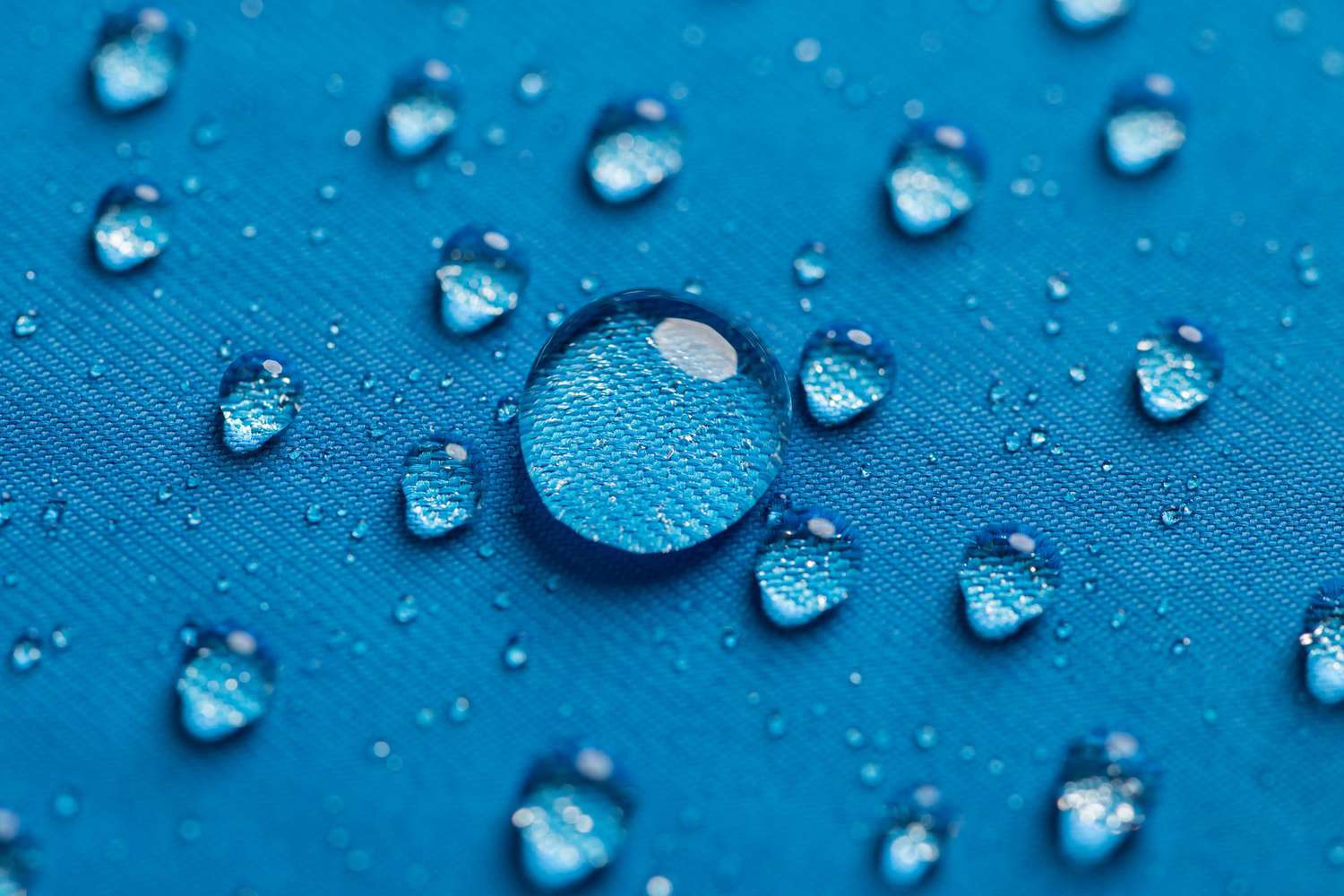Is there anything more miserable than being in a wet outfit? Being a child within Cornwall, UK, which has an average of about 156 rainy days a year, with a tendency to experience all four seasons in one day, I’ve had my fair share of dog walks in the rain and thru-hikes. I’ve also done a few bicycle rides. If I had to stay in my house every occasion that the weather was unpleasant, I’d probably never venture out, which means that a waterproof jacket that is well-made is now one of my most-used items.
Not all insulated jackets are made equally. For instance, while an open-back poncho could be perfect to wear for a rainy weekend, however, it’s not going to aid in a storm on the mountain. Here are the things you should think about.
How can you tell the differences between waterproof and water-repellent?
If you’re looking for proper defense against the elements, you should purchase a waterproof jacket not only water-resistant. Water-resistant clothing will provide some protection from light showers but lets water in very quickly.
A waterproof coat can stand against harsher weather conditions, but if you don’t buy one that’s breathable, you’ll end up with sweaty areas on the interior of the coat instead. If you exercise hard, however, you’ll end up soaked and uncomfortable. In search of a coat with a waterproof membrane is a great way to ensure that it will be air-tight and let moisture escape.
You’ve probably heard of Gore-Tex one of the most renowned waterproof membranes that are available. It works by using small pores that aren’t big enough to stop drops of rain from getting into your jacket, but big enough to let sweat wick out. Gore-Tex isn’t even the only waterproof fabric on the market today as many outdoor brands now offer different versions.
If your jacket hasn’t been as waterproof as it was in the past but the good news is that you don’t have to purchase a brand new one. A durable water-repellent coat (DWR) is applied to the outside of a water-resistant or waterproof jacket, and if your jacket starts to lose its impermeability, it’s quite simple to apply a DWR yourself. To see if your jacket requires the DWR replenishment, simply splash the jacket with water, and then check whether the water beads up and is able to slide off. If the water does not, you’re okay. If it creates dark, wet patches of fabric instead, it’s time to buy a DWR replenishment product, and recoat your coat.

How can I tell what degree of protection a waterproof jacket provides me?
There’s a helpful scale for this, and most outlets will list the rating of waterproof on their jackets. At 5,000mm, you’ll find the minimum amount of waterproofing required for a coat to be considered waterproof and not merely water-resistant, however, this isn’t enough to stand up to much less than light sprinkles and drizzle. 10,000mm-20,000mm is the ideal range for most downpours. Anything from 20,000mm up is the best for severe deluges or extreme conditions However, jackets will generally be heavier.
What type of fit should I look for?
Because you’re not likely to be going about in one bikini or waterproof jacket, get a jacket that has enough space to layer. For three-season hiking, a waterproof jacket that lets you wear a base layer with a down jacket underneath should suffice, however in winter mountaineering, it’s best to have something roomier to allow you to layer.
What other features are useful?
Look for jackets with taped seams. This indicates that the seams inside are sealed, preventing water from getting through the small gaps. Storm flaps are another practical additional feature: flaps outside that cover jacket zips Another area with a porous surface where rain could get in. Personally, for the majority of events, I’d recommend wearing a rain jacket that has an open hood. The hood keeps rain from your eyes, while jackets with only a drawstring hood allow rain to drip down your face.

